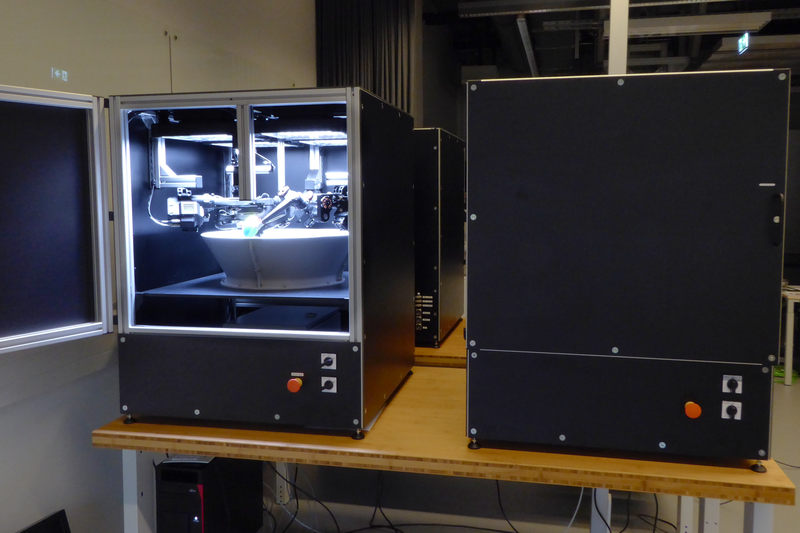Results
Representative sample of real robot videos
(10 FPS, real-time)
Single robust policy, many objects through finetuning
Zero-shot transfer
... to other scales
0.6x scale
1.2x scale
... to other objects
Sphere
Arbitrary cuboid
Sim2Real across the Pond

Our system trains on Desktop level compute in Canada, on 16,384 environments in parallel on a single NVIDIA Tesla V100 GPU. Inference is then conducted remotely on a TriFinger robot located across the Atlantic in Germany using the uploaded actor weights.
Acknowledgements
This work was led by University of Toronto in collaboration with Nvidia, Vector Institute, MPI, ETH and Snap. We would like to thank Vector Institute for computing support, as well as the CIFAR AI Chair for research support to Animesh Garg.
Website template from DiSECt paper.
